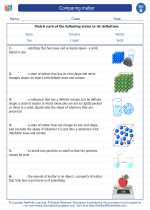Transportation
Transportation is the movement of people, animals, and goods from one place to another. There are several modes of transportation, each serving a unique purpose and having its own advantages and disadvantages.
Types of Transportation
- Road Transportation: This includes vehicles like cars, buses, and trucks that travel on roads. It is the most common form of transportation and is suitable for short to medium distances.
- Rail Transportation: Trains run on tracks and are often used for transporting goods and people over long distances.
- Water Transportation: Ships, boats, and ferries are used to transport goods and people over bodies of water such as oceans, seas, and rivers.
- Air Transportation: Airplanes and helicopters provide fast and efficient transportation over long distances, making it the preferred choice for international travel.
- Pipeline Transportation: This mode of transportation uses pipelines to transport liquids and gases, such as oil and natural gas, over long distances.
Impact of Transportation
Transportation has a significant impact on the environment, economy, and society. It has made the world more connected and has facilitated the exchange of goods and ideas across different regions. However, it also contributes to air and noise pollution, traffic congestion, and the depletion of natural resources.
Study Guide
- What is transportation?
- List and describe the different types of transportation.
- How does transportation impact the environment, economy, and society?
- Discuss the advantages and disadvantages of each mode of transportation.
- Research and present a case study on a major transportation project or infrastructure development.
Understanding transportation is crucial for comprehending how goods and people move around the world, and its impact on the environment and society. As you study this topic, consider the role of technology and innovation in shaping the future of transportation.
[Transportation] Related Worksheets and Study Guides:
.◂Science Worksheets and Study Guides Second Grade. Comparing matter
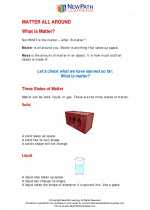
 Activity Lesson
Activity Lesson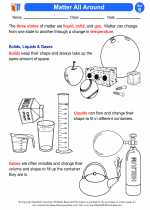
 Worksheet/Answer key
Worksheet/Answer key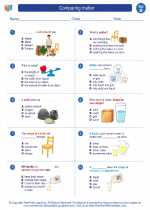
 Worksheet/Answer key
Worksheet/Answer key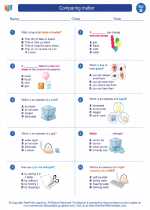
 Worksheet/Answer key
Worksheet/Answer key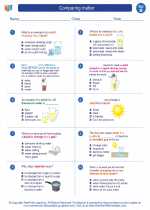
 Vocabulary/Answer key
Vocabulary/Answer key